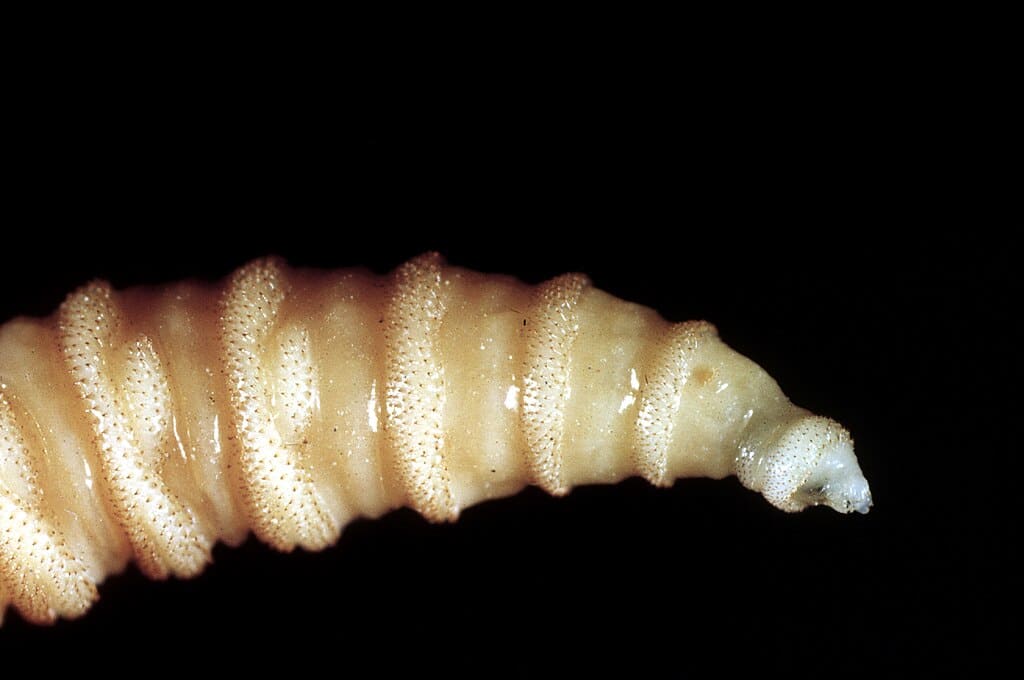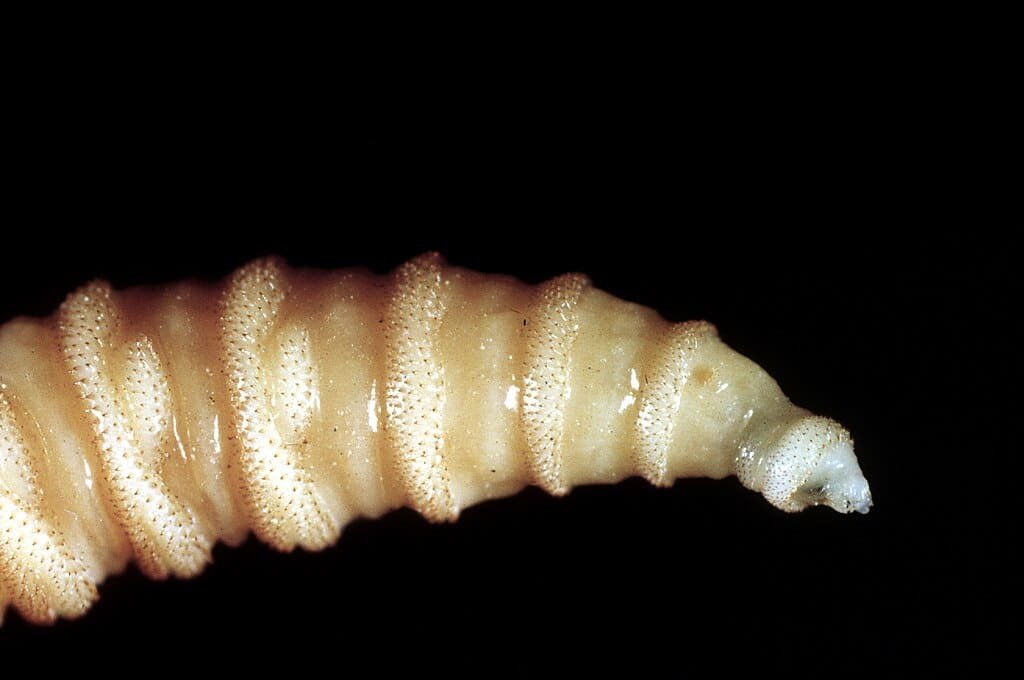
The United States has reported its first human case of the flesh-eating worm known as the New World screwworm (NWS), US federal health officials confirmed Monday.
The Department of Health and Human Services (HHS) said the patient had recently traveled to El Salvador. The Centers for Disease Control and Prevention and the Maryland Department of Health confirmed the diagnosis on August 4.
“This is the first human case of travel-associated New World screwworm myiasis (parasitic infestation of fly larvae) from an outbreak-affected country identified in the United States,” HHS spokesperson Emily G. Hilliard said. Officials emphasized that the overall risk to public health remains very low.
Parasite poses a threat to livestock and pets
The screwworm fly, Cochliomyia hominivorax, is feared for its larvae, which burrow into the flesh of warm-blooded animals. Females can lay hundreds of eggs in wounds, and the larvae feed in a screw-like motion.
The parasite can destroy cattle herds, devastate wildlife, and kill pets. Human infections, though rare, can also be fatal if untreated. Most cases, however, respond to medical care when identified early.
Outbreaks have a costly history
The parasite caused widespread outbreaks in Central America during the 1980s and 1990s. Eradication campaigns succeeded, but they came at an enormous financial cost. In recent years, screwworm has re-emerged and remains endemic in Cuba, Haiti, the Dominican Republic, and several South American nations.
USDA outlines sterile fly program
US Secretary of Agriculture Brooke L. Rollins announced a five-part plan on August 15 in Texas to stop the parasite’s spread. The effort centers on releasing billions of sterile flies over southern Texas and northern Mexico.
Aircraft will drop the insects in targeted areas. Sterile males mate with females, but the eggs do not hatch. Over time, the parasite’s population collapses. The same method ended the last US outbreak in the 1960s.
Calls to accelerate action
The sterilization program was first introduced in June with an expected timeline of two to three years before full deployment. Pressure is mounting to move faster.
Texas Governor Greg Abbott warned that the parasite poses a threat to the state’s $867 billion agriculture industry, which supports more than 2 million jobs. “All of this is at risk because of the New World screwworm,” Abbott said.
Economic and regional concerns
A US Department of Agriculture report last year estimated that a screwworm outbreak could cost Texas at least $1.8 billion in livestock losses, medical expenses, and added labor.
The parasite’s northward movement has fueled concern. In July, Mexico confirmed a case in Ixhuatlán de Madero, Veracruz, about 370 miles from the Texas border. The report led HHS to suspend cross-border cattle trade, following earlier shutdowns in May and November.


